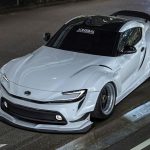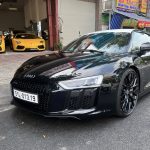On the morning of December 16, 2023, a stunning sight caught the attention of car enthusiasts in Saigon. A vibrant yellow Toyota Celica, adorned with UN stickers on both sides, effortlessly glided through the city streets. This one-of-a-kind vehicle belonged to none other than Mr. Dang Le Nguyen Vu, the illustrious chairman of Trung Nguyen Group and proud owner of a remarkable collection of over 500 cars.
Our team of researchers and automotive enthusiasts delved into the story behind this captivating automobile. It turns out that this particular Toyota Celica holds a special place in Mr. Vu’s garage, as it is the fourth of its kind to grace his collection. Recently acquired, the car has been bestowed with the license plate number 51L, further accentuating its uniqueness.
But why exactly did Mr. Vu choose to add this particular Toyota Celica to his collection?
Look beyond its striking aesthetics, and you’ll uncover the true allure of the Toyota Celica. Hailed as one of Toyota’s legendary Japanese supercars, the Celica dominated the automotive scene from 1970 to 2006. Derived from the Latin word “coelica,” meaning “heavenly,” the Celica epitomizes a heart-pounding and exhilarating driving experience. In Japan, only select Toyota Corolla dealers are entrusted with the honor of selling the Celica.

Its illustrious history has earned the Toyota Celica a devoted following among car enthusiasts worldwide. Being fully aware of this, Mr. Dang Le Nguyen Vu, in his pursuit of creating a truly exceptional JDM car collection in Vietnam, made obtaining this particular model an absolute priority.
This fourth-generation Toyota Celica, which now sits proudly in Mr. Dang Le Nguyen Vu’s garage, seamlessly follows its predecessors – the first, fifth, and seventh generations – in completing the comprehensive lineup. As a testament to his dedication, this esteemed businessman yearns to gather all seven generations of the revered Toyota Celica line.
What sets this newly acquired Toyota Celica apart from the rest?
In August 1985, the Toyota Celica underwent a transformative evolution with its fourth-generation design, featuring striking changes to its exterior, interior, and drivetrain. Boasting a front-wheel drive layout, a sleek body design, and a brand-new 2.0-liter 4-cylinder engine, this next-generation Celica offered an impressive upgrade that truly delighted car enthusiasts.
Notably, the fourth-generation Toyota Celica moved away from the Toyota A platform, opting instead for a redesign that utilized the Toyota T platform, which was originally employed by the Toyota Corona. The Toyota A platform was subsequently reserved exclusively for the iconic Toyota Supra. In Japan, the coupe variant of the Celica was only available as a Corona coupe, sold solely at Toyota Japan’s Toyopet Store dealerships.


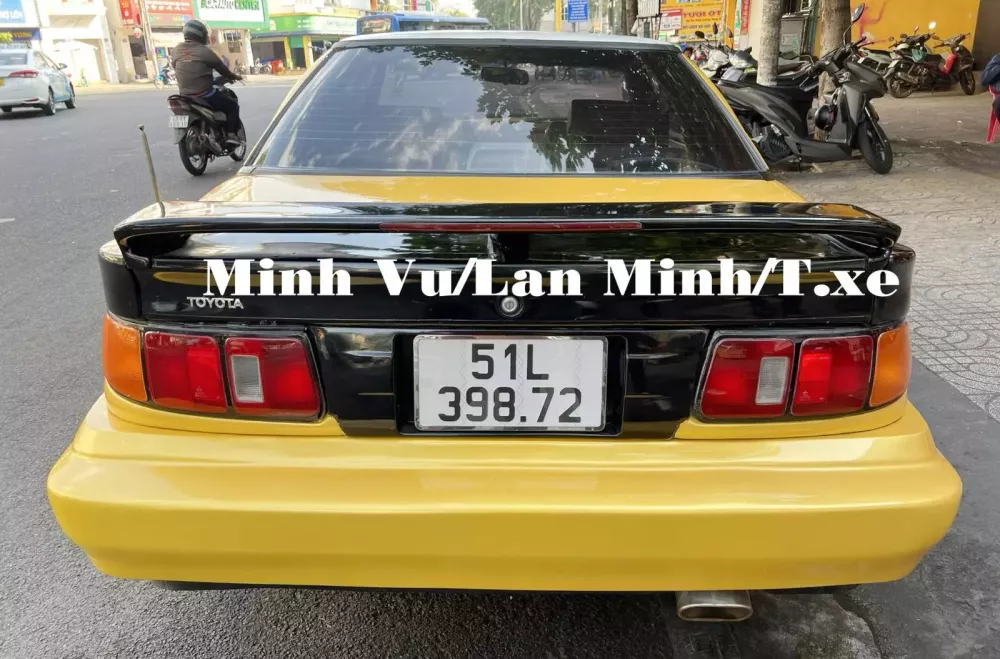
One noteworthy feature that was exclusive to the Corona coupe was the four-wheel steering system, absent from the Celica of this generation. However, the turbocharged versions of this generation’s Celica did not include retractable headlights.
In October 1986, Toyota introduced the “Final Celica” – the GT-Four (ST165) – to the Japanese market. Armed with full-time four-wheel drive, an electronically controlled center differential lock, and turbocharging capabilities, this automotive marvel produced an impressive 190 horsepower, paired with a maximum torque of 258 Nm.
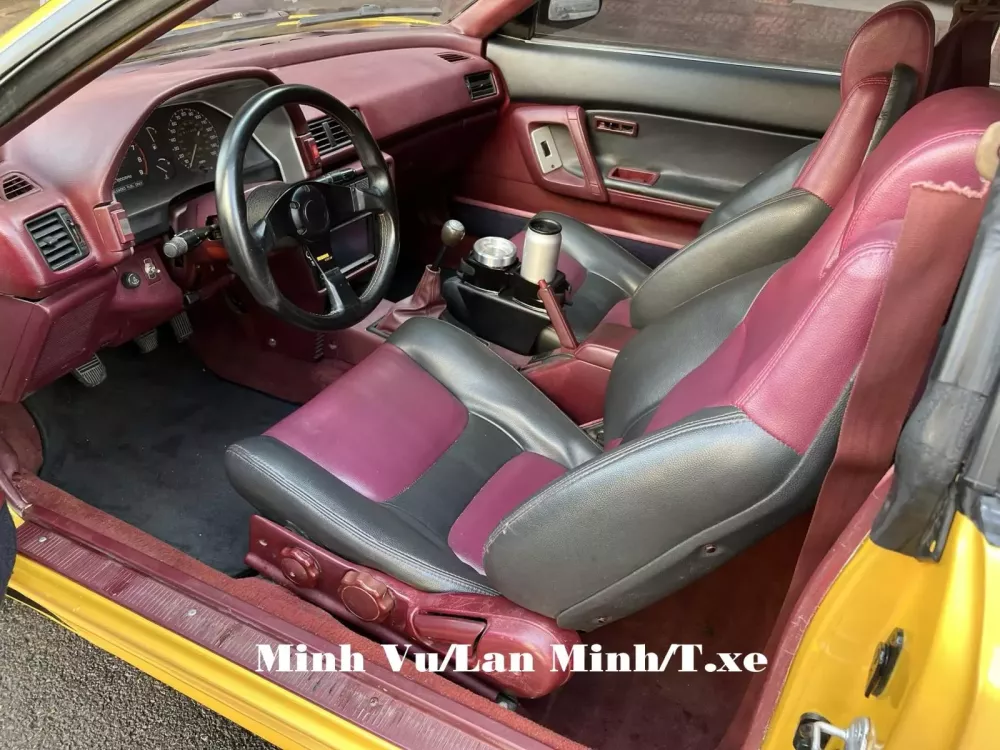

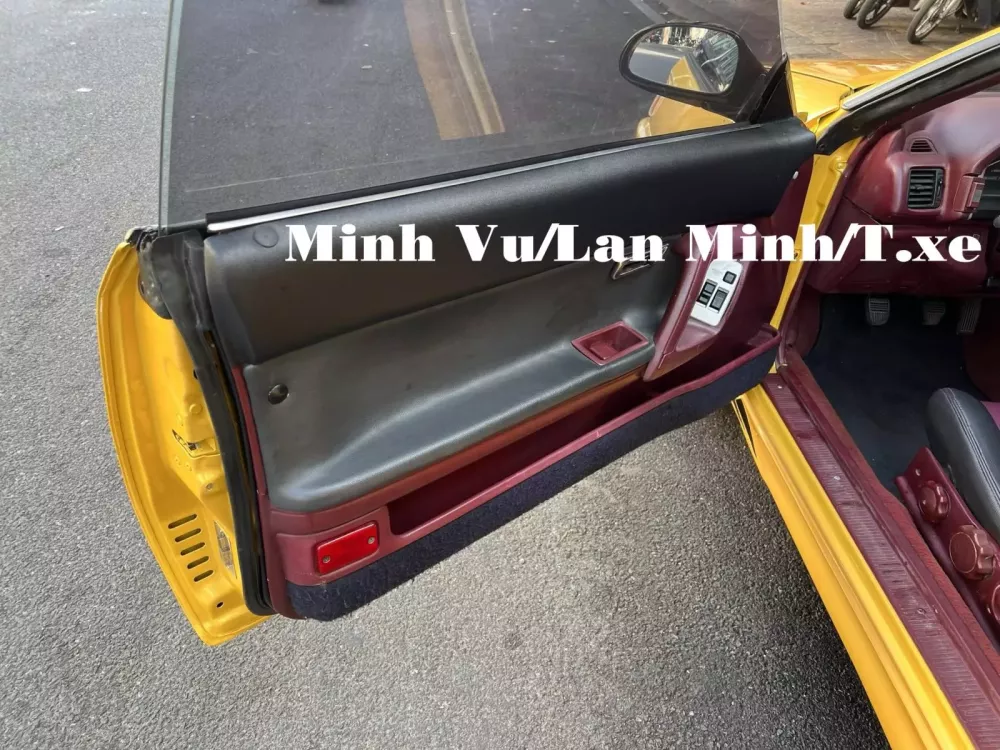
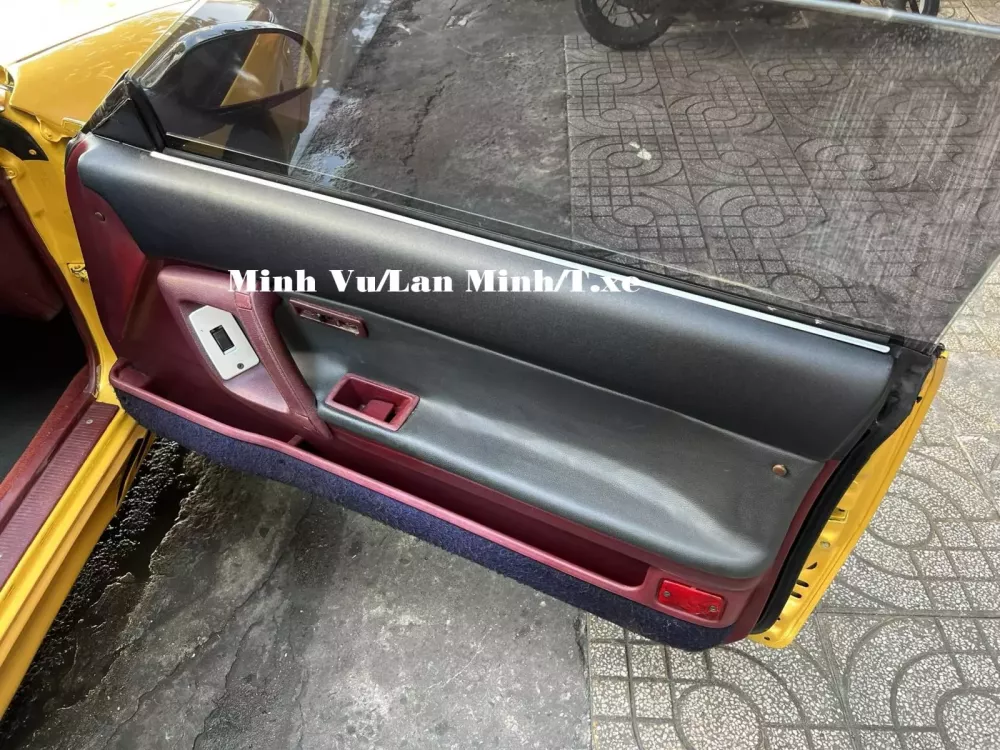
It’s worth noting that the fourth-generation Celica came equipped with the All-trac system, making it the flagship model of the Celica lineage and Toyota’s official racing car for years to come. The GT-Four, featuring a modified viscous-coupled center differential, made its way into the North American market in 1987, delighting enthusiasts with the GT-S 2.0 L engine, churning out an impressive 190 horsepower.
During its time, the revered ST165 chassis made its debut, leaving Toyota content with the suspension system employed for the AWD. The formidable front suspension combines MacPherson struts with anti-roll bars and tower strut bars, while the rear suspension utilizes trailing links with rear linkages on either side, complemented by stabilizer bars.
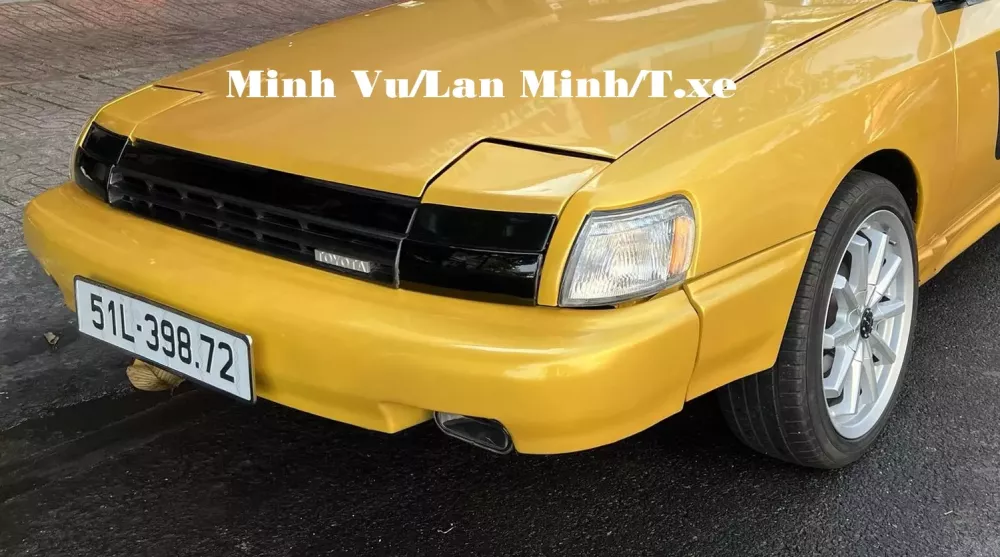
The ST165 GT-Four marked its entrance onto the World Rally Championship stage at the 1988 Tour de Corse, finishing an impressive sixth. Its first victory came at the 1988 Cyprus Rally (though not a part of the WRC), with its maiden WRC triumph occurring in 1989 at the Rally Australia.
Compared to the other Toyota Celicas in my possession, Mr. Vu’s prized vehicle boasts a distinctively modest interior. He chose to preserve its original yellow color, showcasing the businessman’s penchant for retaining authenticity, and added subtle black accents such as the grille, rear wing, roof borders, while wrapping the entire roof in white. Complementing these choices are double-spoke silver wheels.
Stepping into the interior, one is greeted by a tasteful combination of wine and black accents, meticulously maintained to preserve their original allure. Admittedly, there have been a couple of additions, such as a coffee holder and a cigarette ashtray, as these indispensables have become an integral part of Mr. Dang Le Nguyen Vu’s driving experience. While it remains unclear if Mr. Vu possesses any other cars from this particular line, it is evident that his interest has shifted towards amassing an impressive collection of JDM cars, driven by an unwavering passion.

































